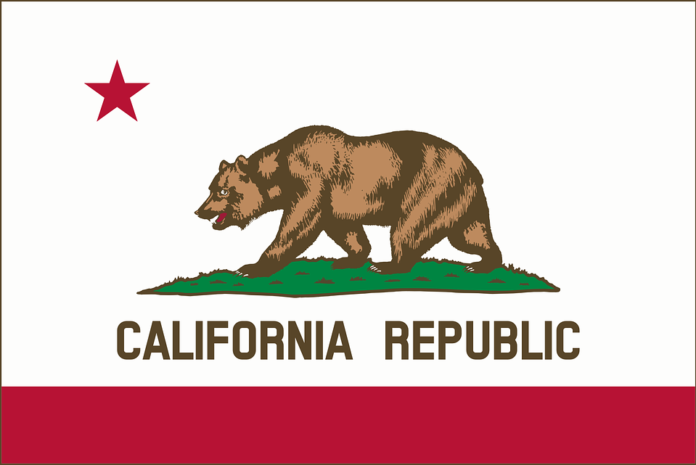Southern California Gas Co. (SoCalGas) and waste management company CR&R Environmental (CR&R) have announced they are now injecting renewable natural gas (RNG) produced at CR&R’s anaerobic digestion facility in Perris, Calif., into SoCalGas pipelines.
Notably, this is the first renewable natural gas (RNG) produced within California to be introduced into SoCalGas’ pipeline system, according to the Los Angeles-based utility. The RNG from CR&R’s digestion facility is used to fuel about 400 of CR&R’s waste hauling trucks.
“SoCalGas is committed to delivering cost-effective solutions to our customers that both reduce emissions linked to climate change and keep energy bills affordable,” comments Sharon Tomkins, SoCalGas’ vice president of customer solutions and strategy. “The relationship with CR&R is a great example of a smart investment by CR&R that delivers immediate and meaningful air quality improvements to communities and reduce greenhouse-gas emissions in the state.”
“California is transitioning to low-carbon transportation fuels and zero-emission vehicles in order to meet our climate change goals, clean air standards and petroleum-reduction goals,” says California Energy Commissioner Janea A. Scott. “There are multiple pathways to reduce and eliminate pollution from our transportation sector. The Energy Commission is pleased to invest in projects like CR&R’s anaerobic digestion facility to help demonstrate one of these pathways and to grow in-state production of low-carbon transportation fuels.”
“We need clean fuels to achieve clean air,” notes Wayne Nastri, executive officer of the South Coast Air Quality Management District. “This local production and distribution of renewable natural gas will reduce our dependence on fossil fuels and enhance our ability to reduce emissions from the region’s heavy-duty vehicles.”
CR&R is producing RNG by using organic waste collected in Southern California cities’ green waste bins and processed in an anaerobic digester. This biogas is upgraded to the same standards and specifications of traditionally sourced natural gas and then put into a new 1.4-mile section of SoCalGas pipeline.







